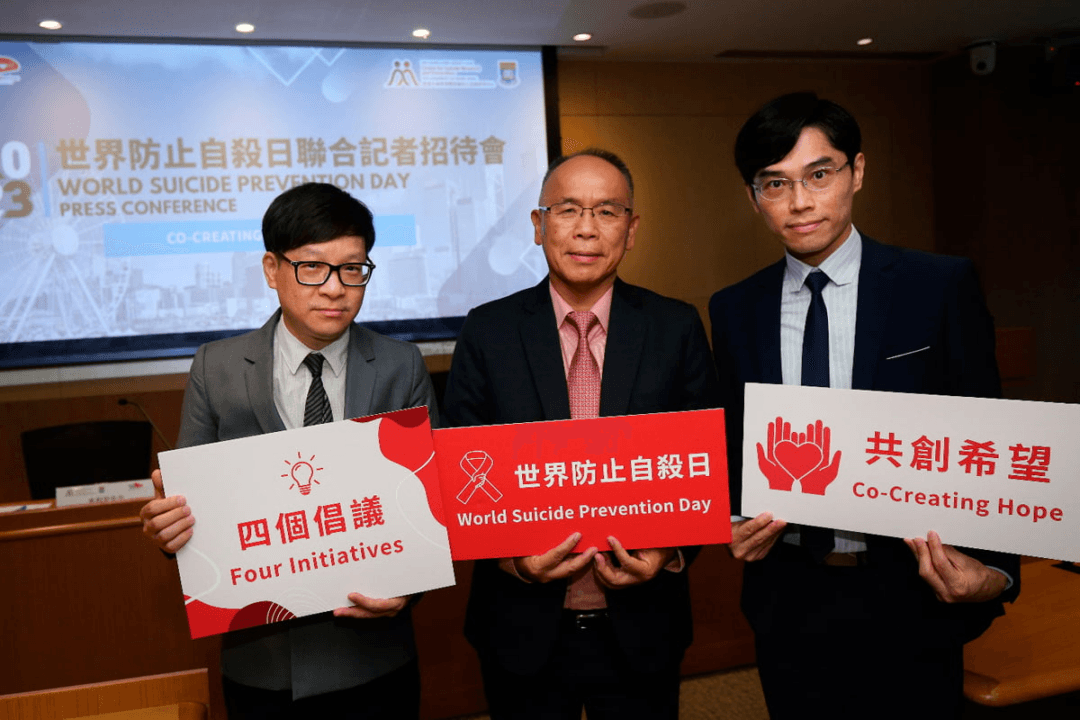The Asia-Pacific Heart Rhythm Society (APHRS), in collaboration with the Hong Kong College of Cardiology, organized the 16th Asia-Pacific Heart Rhythm Society Scientific Session 2023 from Sept. 1 to Sept. 3 at the Hong Kong Convention and Exhibition Centre. Several Hong Kong cardiologists explained the latest research on conduction system pacing and optimizing left atrial appendage occlusion to improve treatment effectiveness and reduce surgical risks.
Dr. Lau Chu Pak, Honorary President of the Organizing Committee for the 16th APHRS Scientific Session, stated that approximately 2,600 patients with bradycardia in Hong Kong require pacemaker implantation yearly. However, the conventional right ventricular apical pacing (RVAP), used for over 50 years, reduces heart function. Research has shown that the latest left bundle branch pacing method can reduce the risk of heart failure by 2 to 5 times and effectively improve heart function and mortality rates. He noted that Hong Kong doctors are leading the way, surpassing other regions with a 40 percent adoption rate of the new pacing method.




